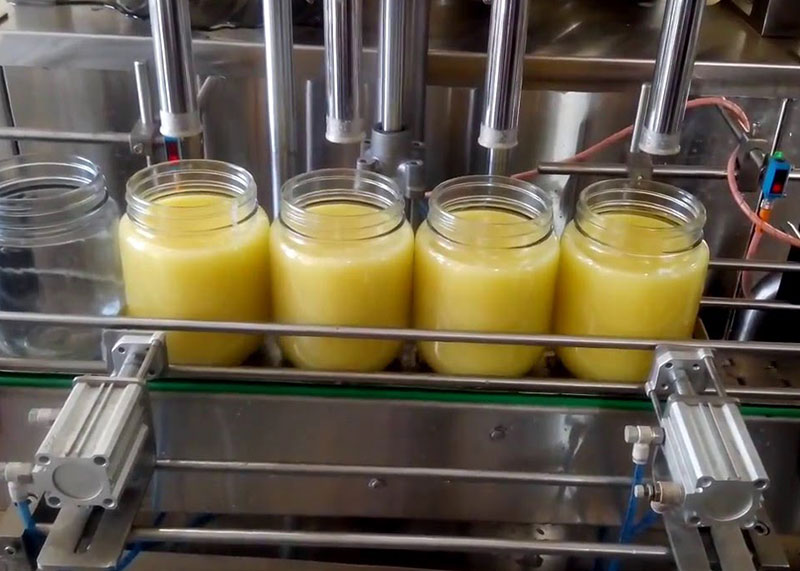A2 Ghee Packing with Safety

A2 Ghee Packing with Safety

Clean Packaging Materials: Use clean and dry glass or food-grade plastic containers for packing the ghee. Make sure the containers are free from any contaminants or residues.
Sterilization: Before packing, sterilize the containers by washing them thoroughly with hot water and mild detergent. Rinse them well and allow them to dry completely before filling them with ghee.
Cooling: Ensure that the freshly made ghee has cooled down to room temperature before packing. Packing hot ghee can create condensation inside the container, leading to spoilage.
Filling: Carefully fill the sterilized containers with the cooled ghee. Leave some headspace at the top to allow for expansion during storage. Avoid overfilling to prevent leakage.
Sealing: Seal the containers tightly to prevent air and moisture from entering, which can lead to oxidation and rancidity. If using jars, use new, clean lids that create an airtight seal.
Labeling: Clearly label the containers with the date of packaging and any other relevant information such as batch number or expiry date. This helps in maintaining proper inventory and ensures consumers know the freshness of the product.
Storage: Store the packed ghee in a cool, dry place away from direct sunlight. Avoid storing it near strong-smelling substances as ghee can absorb odors easily.
Quality Control: Regularly inspect the packed ghee for any signs of leakage, spoilage, or contamination. If any issues are detected, remove the affected containers immediately to prevent further damage to other batches.




